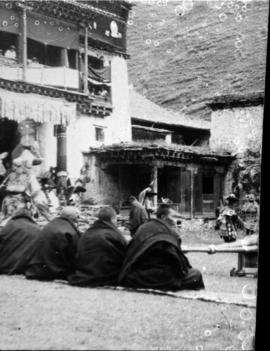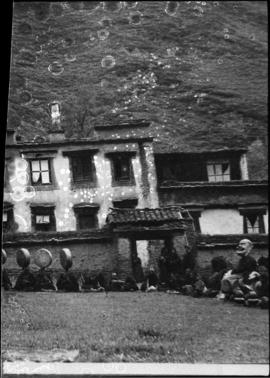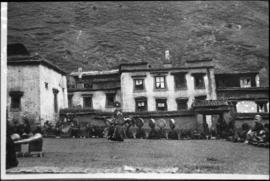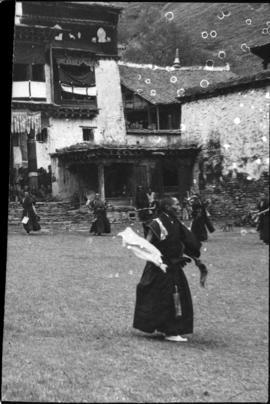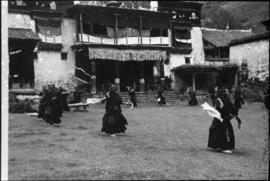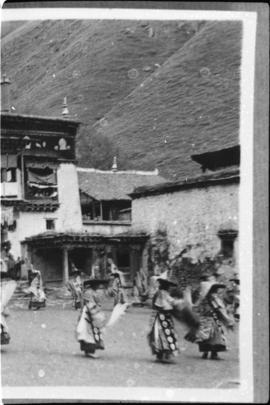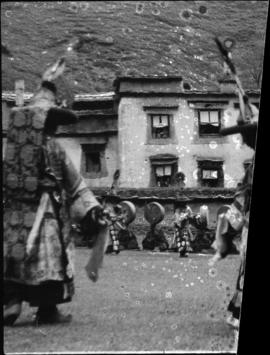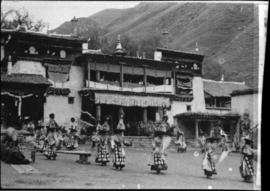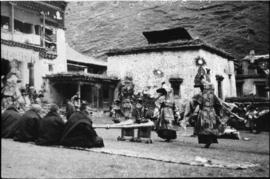- 14
- Fonds
- 1926-1979, predominant 1947-1949
The fonds consists of material Pilon created and collected when she was in China from 1947-49. Pilon worked for the Pioneer Timber Co., and attended the Medical College at West China Union University (WCUU), in Chengtu, Szechwan, China. Prominent themes among the fonds materials are the daily life of an international student in China, Christian missionary work in China, and discussions (among English speakers) on the contemporary Chinese Revolution of 1949.
Records include letters, photos from China and Tibet, local publications, and drafts of Pilon's essays. The fonds also includes an original book of Mongolian Folklore (1926) and other misc. related items. Also includes digitized copies of material, created by Pilon's niece, Jane Wagner.
The records are organized into the following function-based files:
- Correspondence
- Photography
- Collected Publications
- Personal Writing
- Ideas
- Passports
- Mongolian Folk Lore
- Blank Stationary
- Collection of Chinese Currency
- Stamp Collection
Beatrice Pilon

